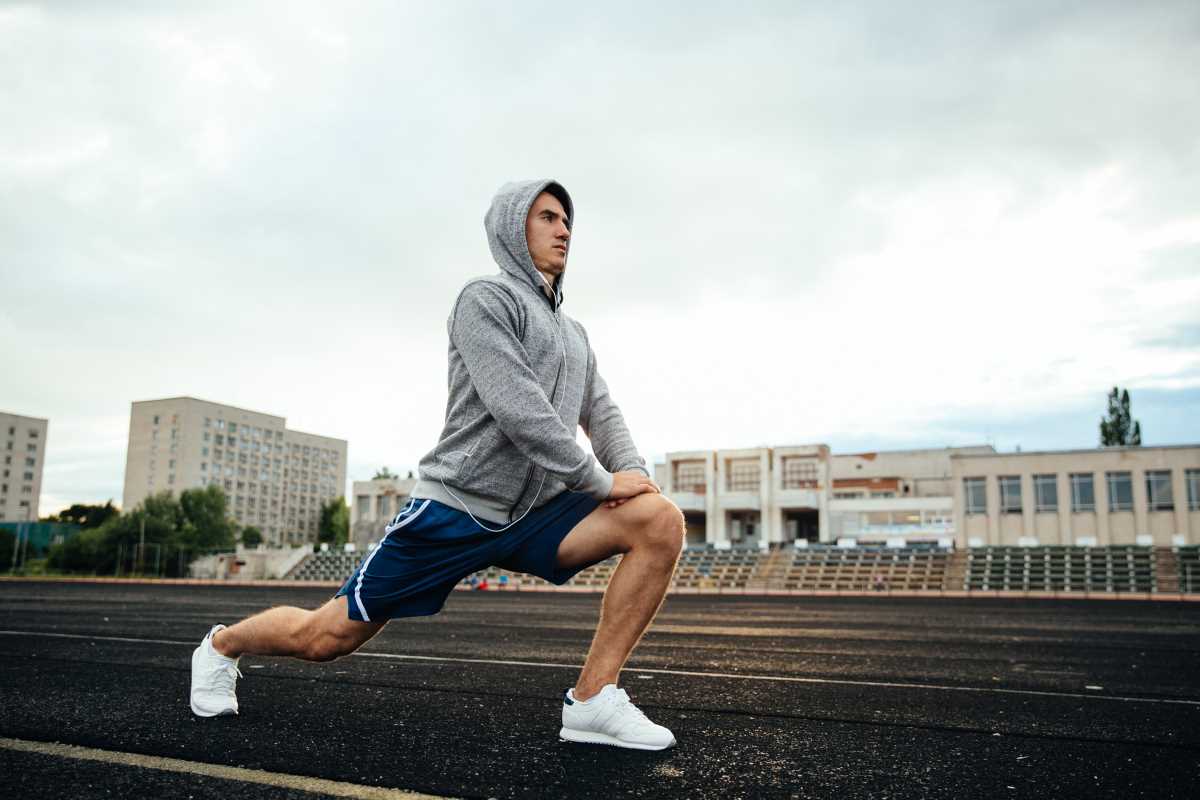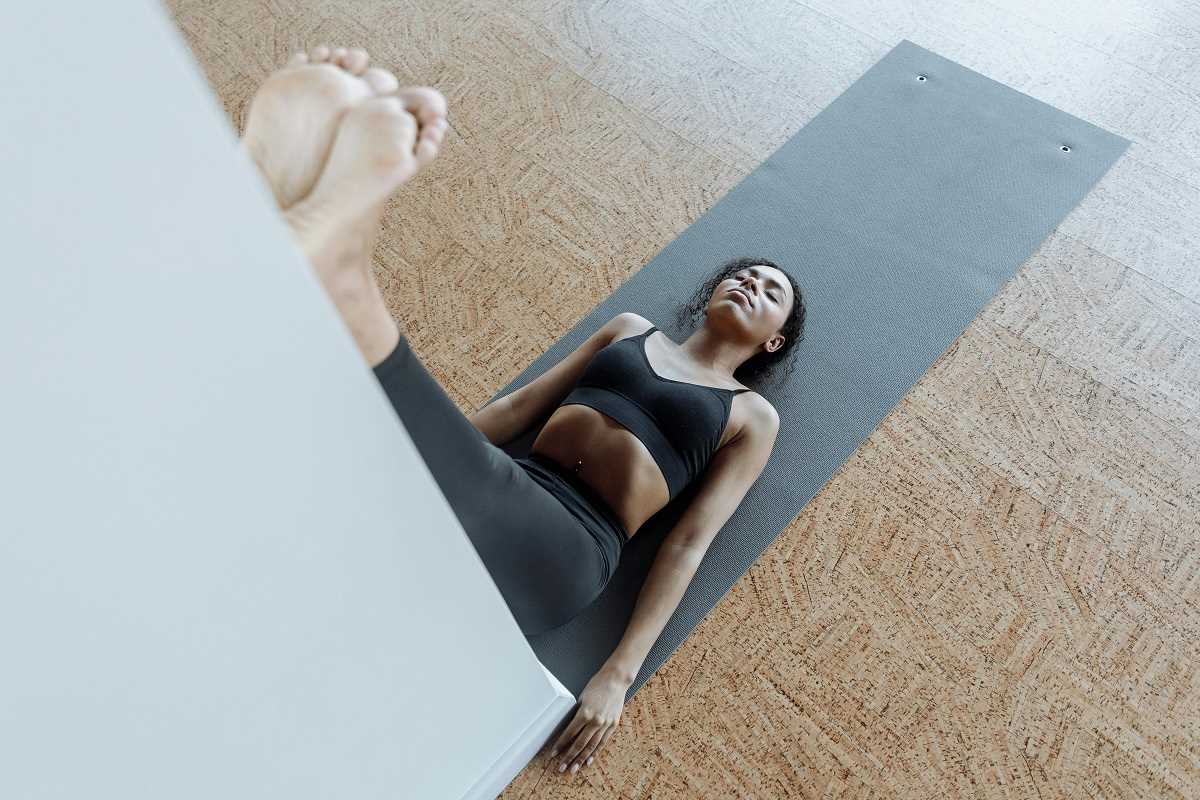Urban outdoor settings offer vibrant opportunities to maintain a high-intensity CrossFit routine even within the confines of bustling cities. Creative adaptations allow fitness enthusiasts to overcome the lack of traditional gym space by utilizing public parks, rooftops, and other available urban infrastructure. City dwellers can modify their routines to take advantage of nearby stairs, benches, and open areas, transforming everyday structures into versatile workout stations. With planning, individuals can blend the principles of CrossFit—such as high-intensity interval training and functional movements—with the dynamic energy of urban life. This approach provides a refreshing change from indoor workouts and fosters a deeper connection with the environment. It challenges practitioners to innovate, pushing them to adjust exercises and make effective use of minimal equipment while still achieving robust training results. Urban CrossFit becomes truly not only a method for physical conditioning but also a lifestyle that embraces the vibrancy of city living.
Understanding CrossFit and Its Core Principles
CrossFit is a high-intensity fitness program that combines elements from various sports and exercise disciplines. Its core principles revolve around constantly varied functional movements performed at high intensity. The aim is to develop a broad, general, and inclusive fitness level that prepares individuals for any physical challenge. This versatility is one of the reasons CrossFit has gained widespread popularity.
The program emphasizes five key domains of physical fitness: cardiovascular and respiratory endurance, stamina, strength, flexibility, and power. By focusing on these areas, CrossFit ensures a balanced development of the body, making practitioners well-rounded athletes. The community aspect of CrossFit also plays a significant role, creating a supportive environment that encourages individuals to push their limits and achieve their fitness goals.
Adapting CrossFit for Urban Environments
- Utilize Available Structures: Incorporate park benches, stairs, and playground equipment into workouts for exercises like step-ups, box jumps, and pull-ups.
- Space Management: Design routines that require minimal space, such as high-intensity interval training (HIIT) circuits that can be performed in small areas.
- Alternative Equipment: Use bodyweight exercises or portable equipment like resistance bands and kettlebells that are easy to transport and set up in various locations.
- Weather Considerations: Plan indoor backup workouts or choose adaptable exercises that can be modified based on weather conditions.
- Time Efficiency: Structure workouts to fit into busy urban schedules, ensuring exercises can be completed quickly without compromising effectiveness.
Essential Equipment for Outdoor CrossFit
- Resistance Bands: Versatile tools for strength training and flexibility exercises, easy to carry and set up anywhere.
- Kettlebells: Ideal for a range of movements, including swings, squats, and presses, providing a full-body workout.
- Pull-Up Bars: Portable or fixed bars that allow for pull-ups and other upper body exercises essential to CrossFit.
- Jump Ropes: Perfect for cardiovascular exercises and improving coordination, jump ropes are compact and inexpensive.
- Medicine Balls: Useful for a variety of strength and conditioning exercises, adding resistance to movements like slams and throws.
Benefits and Challenges of Outdoor CrossFit
Taking CrossFit into outdoor settings offers numerous benefits, including increased mental well-being from fresh air and natural light. Exercising outdoors can enhance mood and motivation, making workouts more enjoyable and less monotonous. Diverse environments can help prevent workout plateaus by introducing new challenges and stimuli.
Outdoor CrossFit comes with its own set of challenges. Limited access to certain equipment and unpredictable weather can hinder workout consistency. Safety may also be a concern, especially in urban areas where traffic or uneven surfaces are prevalent. To overcome these obstacles, it's crucial to plan workouts carefully, invest in portable equipment, and prioritize personal safety by choosing appropriate times and locations for training.
Incorporating Technology in Outdoor Workouts
Modern technology can significantly enhance outdoor CrossFit routines, making them more effective and engaging. Fitness apps and wearable devices can track performance metrics, provide workout plans, and offer real-time feedback, catering for technology fans looking to integrate gadgets into their fitness regimen. Virtual training sessions and online communities also allow for remote coaching and support, ensuring that individuals stay motivated and accountable even in an open-air environment.
Technology can help optimize workout efficiency by analyzing movement patterns and identifying areas for improvement. This data-driven approach enables practitioners to fine-tune their techniques, reduce the risk of injuries, and achieve better results. By using technology, urban CrossFit enthusiasts can create more personalized and effective training programs tailored to their specific needs and goals.
Adapting CrossFit routines for urban outdoor settings transforms fitness into an innovative and invigorating experience. It enables enthusiasts to overcome spatial constraints while embracing the dynamic energy of city living.
.jpg)






